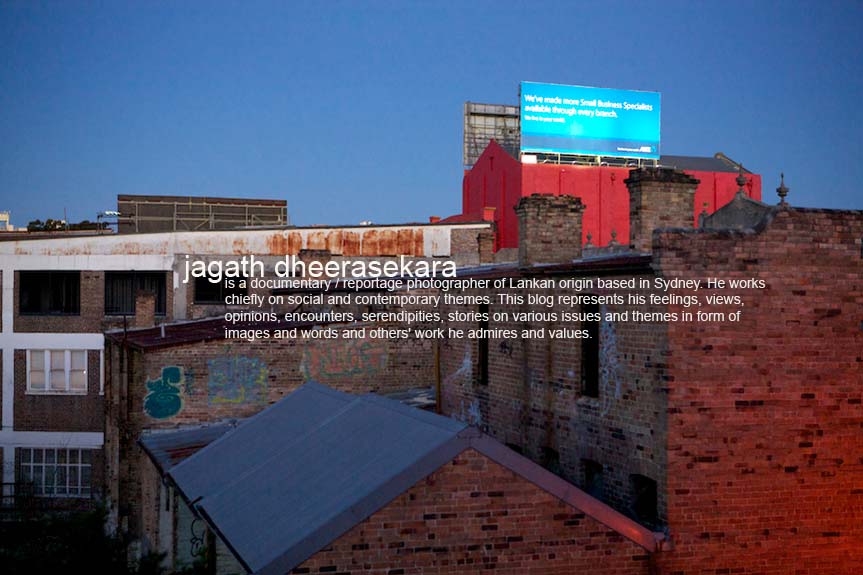Ampilatwatja was truly an eye opener for me as for the first time I got the opportunity to meet an Aboriginal community. It took more than one year for me to do it once I settled in Australia. I can't be too proud of that. The Ampilatwatja Walk-off was remarkable by any standard. Though it could not survive the pressure the system exerted on it, the community's resistance to the Intervention was written into history. Manuwangku struggle despite the pressures and all the possible divide and rule tactics on earth is well and truly alive today. I sincerely hope their traditional land will remain safe and free of nuclear waste.
The way in which museums and some anthropologists have worked and work is posing serious ethical, moral, sometimes legal questions. In spite of that I welcomed the idea of incluidng these images in the permamant exhibition, mainly as a record which would help some who seek information and knowledge. I tend to visit museums to get overall feel about the environment around me though it may possibly be superficial and sometimes blatantly biased. Reading between line is left to me. Museums and their publications, to me, were windows to Aboriginal culture. I must reiterate that many institutions even today love to "fossilise", "freeze" animals and humans or "putting" them through the process of taxidermy including their cultural activities ... even struggles perhaps. It may be the easiest way for those institutions to handle stubborn animals and humans. I believe, process in which images are collected and the manner in which it are used do determine the ethical value of an image. Even today third world, disadvantageous or vulnerable communities are the hunting grounds. Histories of many museums including those of Australia raise more questions than providing answers in this regard. I sincerely hope this will change in the future for better.
